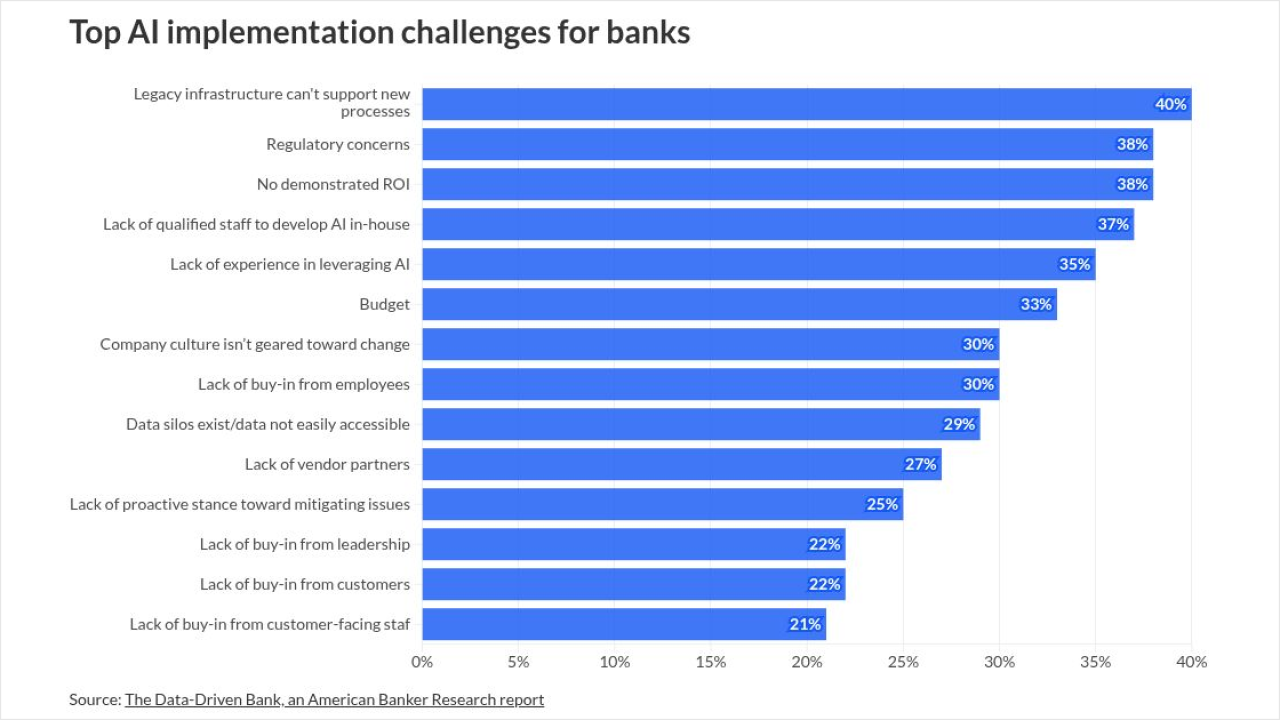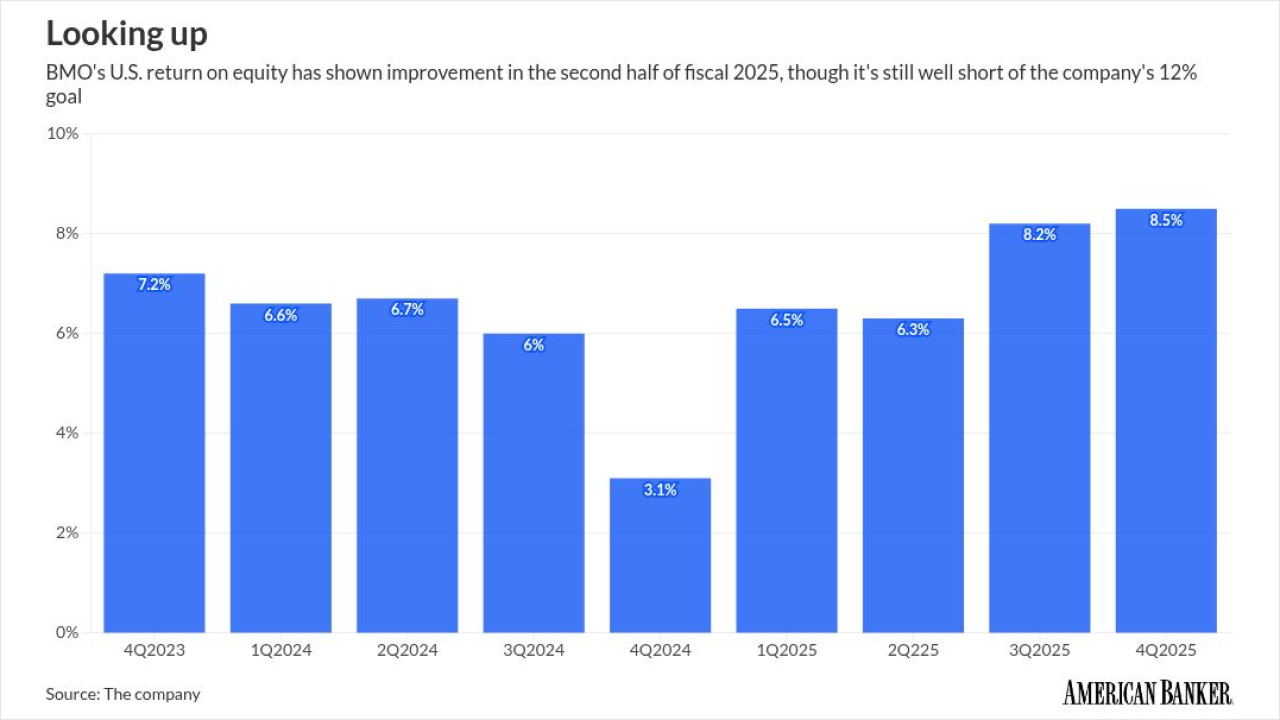
These days, it seems it’s hard to get out from under an enforcement action alive.
Bank failures have vastly exceeded the number of institutions that have addressed safety and soundness issues and seen regulatory orders and agreements lifted.
Most of the
The universe of banks subject to enforcement actions that became effective from 2007 through 2011 began to shrink last year, and terminated orders and agreements began to outpace additional seizures in the second quarter (see the first chart).
In all, roughly 1,400 separate depositories were the target of safety and soundness mandates handed out during the five-year period, with about 300 receiving more than one action, according to data from Trepp LLC. (Bank holding companies, which are frequently slapped with regulatory actions in tandem with their operating subsidiaries, are excluded from consideration here.)
Among this group, about 920 were subject to outstanding actions at June 30 — a high during the period. Roughly 280 had failed by that point, and 150 had been relieved of special regulatory mandates. The odds for institutions that received prompt corrective action orders, which are triggered when explicit capital thresholds are breached, were particularly bleak; about 80% of those banks failed.
In the last nine months of the year, however, the roughly 60 additional failures in the group were outnumbered by 70 institutions that exited regulatory purgatory when their enforcement actions were terminated. At Dec. 31 the number of institutions in the group subject to outstanding actions was down to about 900, which compares with about 7,400 banks and thrifts currently in operation, and about 850 on the Federal Deposit Insurance Corp.’s “
Among institutions subject to enforcement actions issued in 2007, at the onset of the current failure cycle, lifted mandates have exceeded failures by a wide margin, but the pattern reversed in 2008 as the financial crisis deepened (see the second chart).
With so many orders and agreements still in effect, the final tally is some way off, and even terminations of enforcement actions are frequently associated with painful steps. Consent orders against





